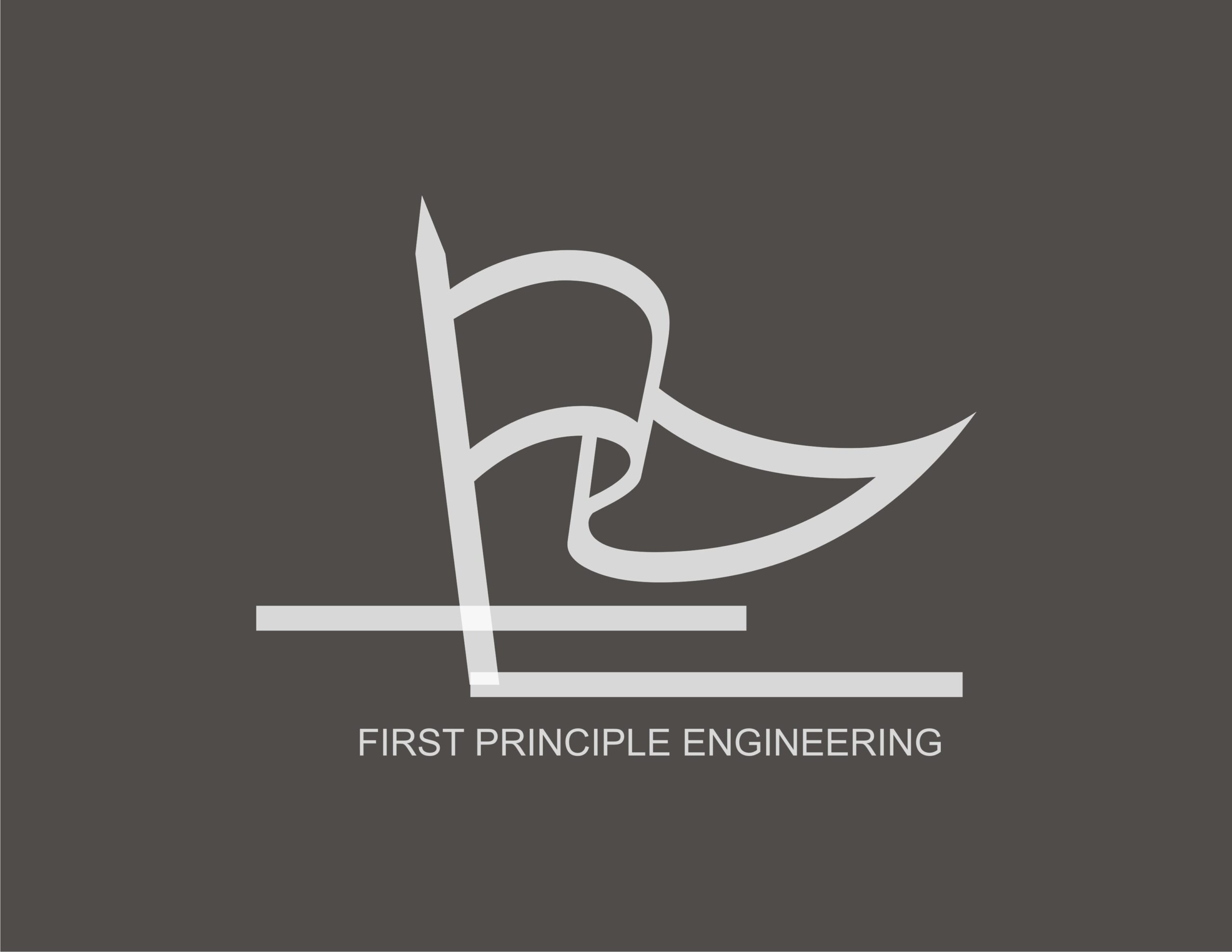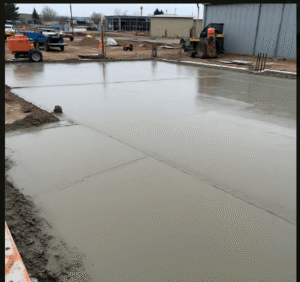When a load is applied to a steel member it deforms gradually. The deformation increases proportionately to the increment in the applied load. If the load is not increased but sustained on the element, the deformation remains constant. This remains until there is change in the load applied.
On the other hand, when a concrete member is subjected to a load, it experiences instant deformation which is called elastic deformation. If this load is not increased but sustained on the concrete, in contrast to steel behavior described above, the concrete will continue to deform with time such that the subsequent deformation under the sustained load would be far greater than the earlier elastic deformation. This phenomenon in concrete is known as creep.
Creep is a time-dependent deformation of a concrete element. It accounts for the long-time deformation of concrete elements without substantial corresponding increase in load.
When this load is eventually withdrawn there will be a sharp reduction in deformation due to elastic recovery and then a gradual reduction in deformation due to creep which would never be complete. The element would refuse to return to its initial state due to creep.
Factors affecting Creep
Aggregate size
Water-cement ratio
Surface Area
Ambient temperature
Age of first loading
Ambient humidity.
Estimation of creep coefficient (∅(∞, t0))
Figure 3.1 in Eurocode 2 gives a nomogram where the value of creep coefficient )(∅(∞, t0)) can be read off. The nomogram is valid under the below listed conditions
- Great accuracy is not required.
- The compressive stress does not exceed o.45fck at the time of loading (to) and its value reduces gradually with time.
- Ambient temperature is between -40degree Celsius and 40 degrees Celsius
- Mean relative humidity is between RH = 40% and RH = 100%
Guide to using fig 3.1 of Eurocode 2 for calculating creep coefficient

Many engineers get confused on the first attempt to use fig 3.1 of Eurocode which is reproduced above to calculate creep coefficient. The first impression is always to consider reading off the creep coefficient from the first graph on the top left in isolation, this might even seem plausible considering the graph is an obvious plot of the time of first loading in days against the creep coefficient. Nothing could be better spurious.
It should be noted that the top left graph in the figure above cannot be read in isolation. The correct approach is to read the graph together with the corresponding adjacent graph on the right which is a plot of the concrete grade against the notional size (ho). These two graphs combined gives the value of the creep coefficient for inside relative humidity of 50% and are dubbed “a)”. The other two similar graphs below which are tagged “b)” also gives the value of creep coefficient with a relative humidity of 80% when combined together.
The small figure which is between figure a) and figure b) shows the step to be taking in drawing lines so that the creep coefficient would be properly read off from either a) or b). The lines should be drawn in the other of line (1) up to line (5) which finally leads to a value of the appropriate creep coefficient.
Estimation of creep coefficient Using Annex B
When more accuracy is desired or when the aforementioned conditions are not satisfied, Annex B should be used to estimate the creep coefficient. The formular in annex B for creep coefficient can be summarized below thus:
$$
\phi \left( \infty ,\,\,t_0 \right) \,\,=\,\,\phi _{RH}\,\,\times \,\,\frac{16.8}{\sqrt{f_{cm}}}\,\,\times \,\,\frac{1}{\left( \text{0.1,}+\,\,t_0^{0.2} \right)}
$$
$$
\,\,\phi _{RH}\,\,=\,\,\left( \text{1}+\,\,\frac{\text{1}-\,\,0.01RH}{\text{0.1}\times \,\,h_0^{0.333}} \right) \,\,for\,\,f_{cm\,\,}\leqslant \,\,35MPa\,\,
$$
$$
\,\,\phi _{RH}\,\,=\,\,\left( \text{1}+\,\,\frac{\text{1}-\,\,0.01RH}{\text{0.1}\times \,\,h_{0}^{0.333}}\,\,\alpha _1 \right) \alpha _2\,\,for\,\,f_{cm\,\,}>\,\,35MPa\,\,
$$
$$
\,\,\alpha _1\,\,=\,\,\left( \frac{35}{f_{cm}} \right) \,^{0.7}\,
$$
$$
\,\,\alpha _2\,\,=\,\,\left( \frac{35}{f_{cm}} \right) \,^{0.2}\,
$$
fcm = fck + 8MPa
$$
\,\,t_0\,\,=\,\,t_{\text{0,}}^T\,\,\left( \frac{9}{\text{2}+\,\,t_{\text{0,}T}^{1.2}}\,\,+\,\,1 \right) \,^{\alpha}\,\,\geqslant \,\,0.5
$$
RH is relative humidity in %
t0 = age at the time of loading
h0 = 2Ac/u
Ac = Cross Sectional Area
u = Perimeter of member in contact with the atmosphere.
Non-Linear Creep Coefficient
Creep non-linearity should be considered when the compressive stress at age to is greater than o.45fck(to). This often occur in prestress concrete or in concrete members where the boundary conditions are such that the member is restrained to freely deform thereby inducing high stress in the member. Creep coefficient is always larger in this scenario. The non-linear creep coefficient can be obtained by multiply the linear creep with a factor given in clause 3.1.4(4) of the code as:
exp[1.5(Kσ – 0.45]
where:
Kσ = σc/fck (t0)
σc is the compressive stress
fck (t0) is the characteristic concrete compressive strength at the time of loading
The non- linear creep coefficient becomes
∅nl(∞, t0) = ∅(∞, t0) exp[1.5(Kσ – 0.45]
Estimation of Creep deformation
According to Eurocode 2, Creep deformation is to be evaluated under quasi-permanent combination.
Total creep deformation can be computed using:
∈cc = ∅(∞, t0) σ/Ec
Where: Ec (tangent modulus of elasticity) = 1.05Ecm
However, since Ec = stress/strain , if this is substituted into the equation then
∈cc (∞, t0) = ∅(∞, t0) x strain (or deformation)
Hence creep deformation is the product of creep coefficient and elastic deformation.
In practical application, for estimation of long-time deformation/deflection, the creep coefficient obtained should be multiplied by elastic deformation/deflection.
Estimation of creep deformation by modifying concrete properties.
Creep can also be allowed for by modifying the concrete properties. This is possible by using the effective modulus of elasticity rather than the instantaneous modulus of elasticity. The effective modulus of elasticity is given in equation (7.20) of Eurocode 2 as:
$$
\,\,E_{c,eff}\,\,=\,\,\frac{E_{cm}}{\text{1}+\,\,\phi _{\left( \infty ,t_0 \right)}}
$$
When the effective modulus of elasticity is used then the deformation obtained after analysis has included the time-effect of creep.
However, if there is no much information or resources to estimate the creep coefficient, the engineer can also use his judgement to factor down the elastic modulus of the concrete by certain percentage to cater for the long-time effect of creep on the concrete behavior.





